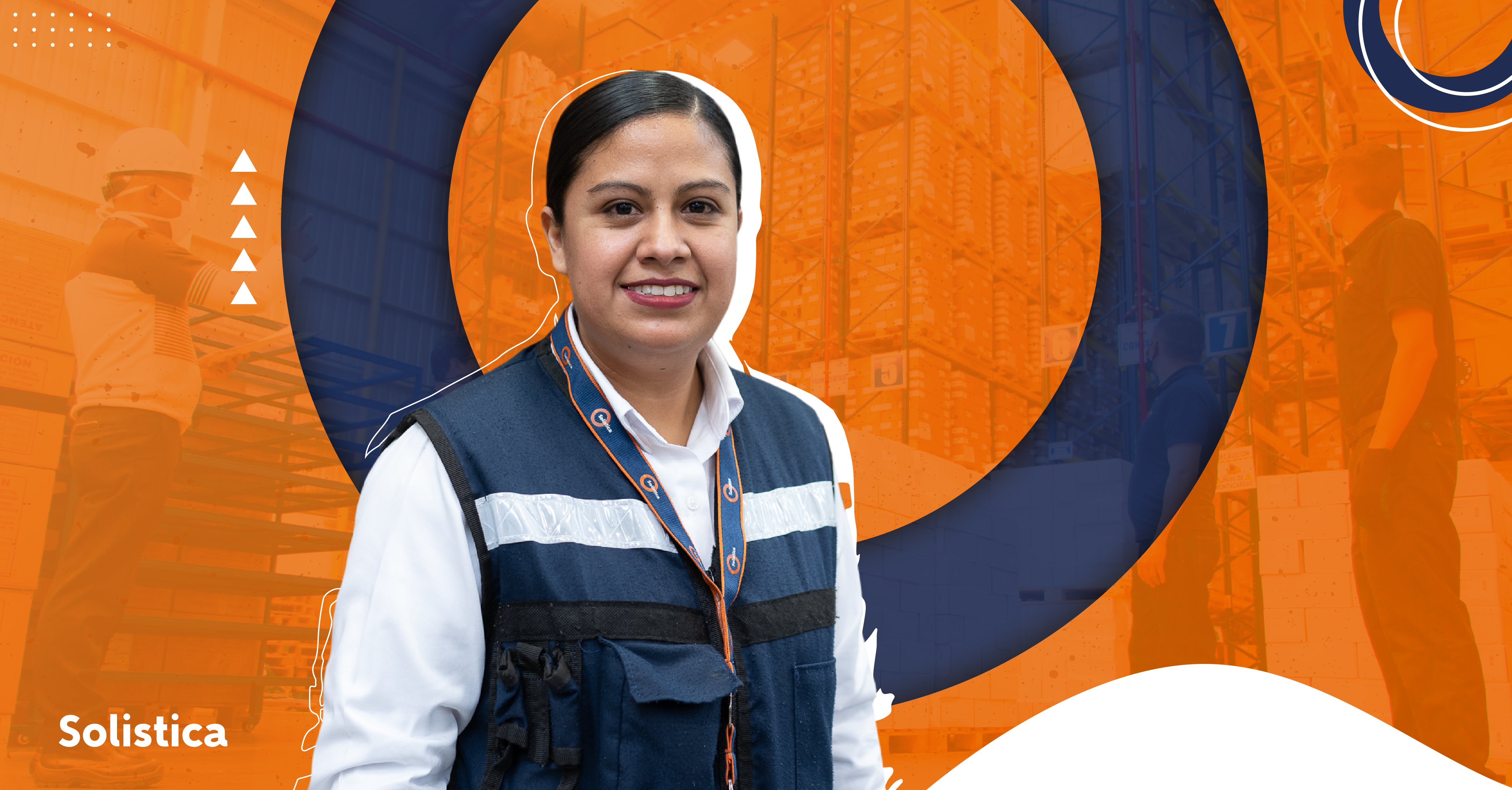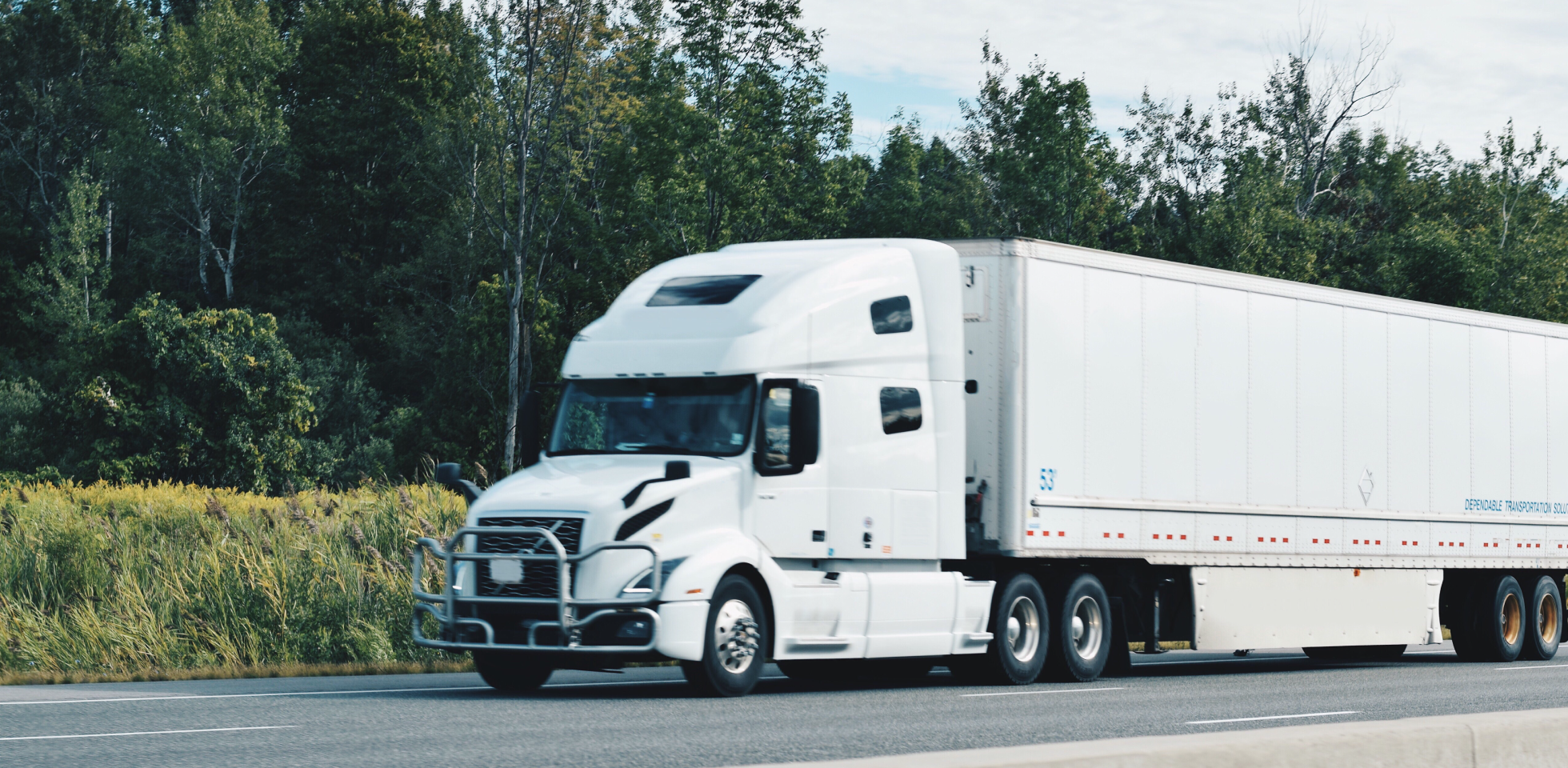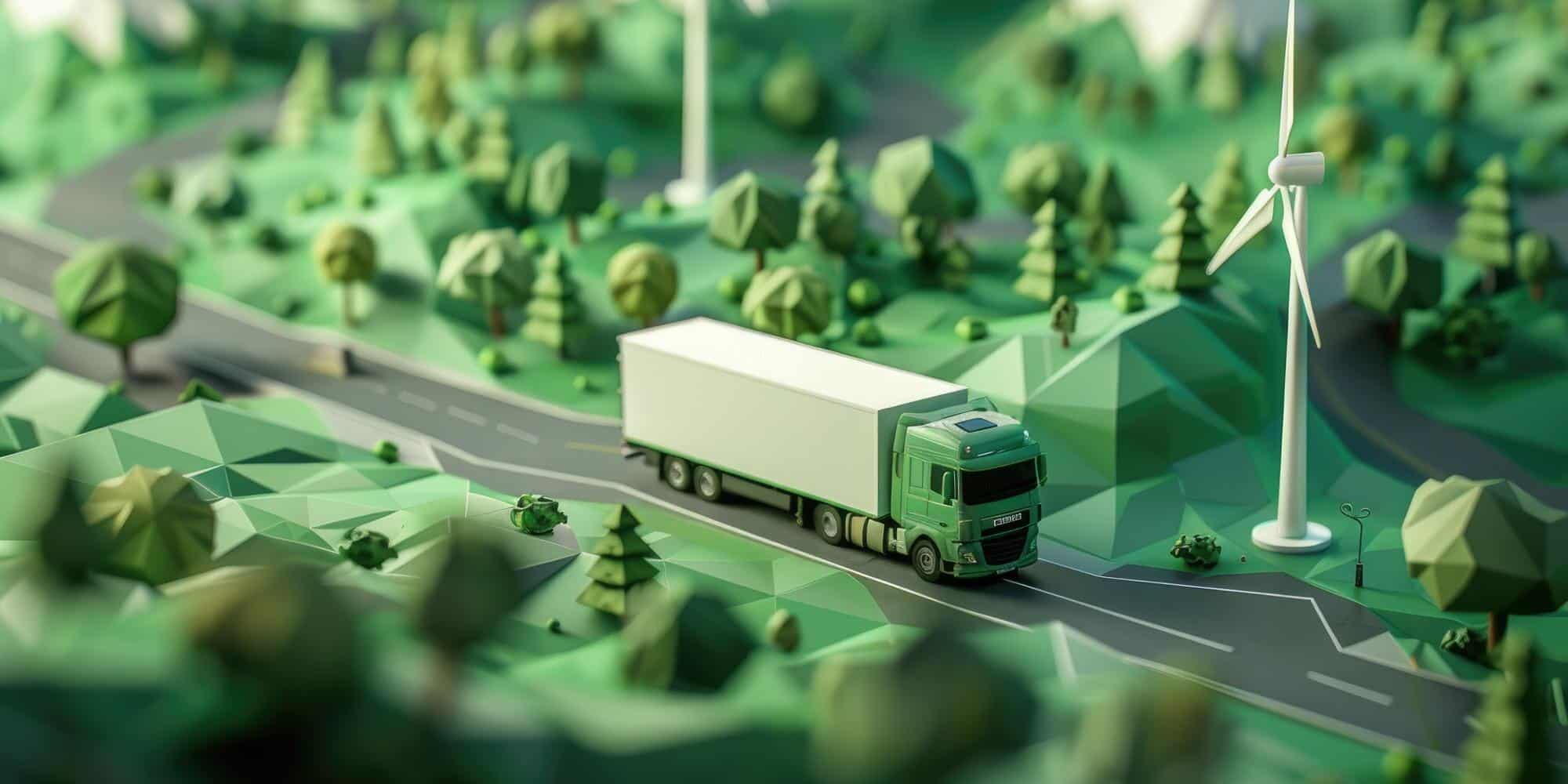In the exciting world of modern logistics, the "last mile" has become the focal point of attention for e-commerce and home delivery companies. This critical stage of the delivery process, spanning from the distribution center to the customer's doorstep, represents a unique logistical challenge. In this article, we will explore in detail the complexity of the last mile and unravel innovative strategies to effectively address its challenges.
The Last Mile: A Crucial Challenge
- High Costs and Individual Deliveries:
One of the most evident challenges in the last mile is the costly nature of individual deliveries. Unlike large orders directed to retailers, deliveries to end consumers require intensive resource utilization, directly impacting distribution costs. - Low Delivery Density and Extensive Routes:
Low delivery density is another significant hurdle. Considerable distances between delivery points translate into longer routes for delivery drivers, in turn, increasing operational costs and logistical complexity. - Complex Route Planning:
Coordinating schedules, locations, and variable volumes is a logistical challenge that adds complexity to the last mile. Efficient route planning is essential to ensure timely deliveries and minimize wait times. - Handling Returns and Rejected Orders:
Handling returns is a critical component of the last mile. Collecting rejected or returned orders adds additional layers of complexity and costs to the supply chain. - Lack of Delivery Locations:
In some cases, customers may not be available to receive their orders, or there may be no suitable place to leave packages. This requires creative solutions to ensure successful delivery. - Customer Experience: Fast and Pristine Delivery:
Meeting customer expectations is essential in the last mile. Consumers expect to receive their orders quickly and in optimal conditions, placing additional pressure on logistics. - Traffic Congestion and Restrictions:
Delivery drivers must contend with traffic congestion, peak hours, and access restrictions, which can affect delivery punctuality. - Regulatory Aspects:
Compliance with various regulations, including traffic, environmental, and labor standards, is critical in the last mile. Companies must stay informed about changing regulations and ensure compliance.
Strategies for an Efficient Last Mile
- Advanced Routing Systems with Machine Learning:
Incorporating advanced routing systems based on machine learning allows for optimal route mapping, taking into account multiple variables. This technology can adapt to real-time changes, optimizing routes as challenges arise. - Cross-Docking Centers: Consolidation and Efficiency:
The use of cross-docking centers has become an effective strategy for consolidating orders and reducing the need for individual trips to multiple destinations. This minimizes costs and delivery times. - Agile Fleet Design for Fast Deliveries:
In urban environments, designing agile fleets with vehicles such as vans, bicycles, motorcycles, and even drones has proven highly effective for fast deliveries. This is especially valuable in densely populated areas. - Flexible Delivery Times:
Coordinating deliveries at flexible times tailored to customer convenience can significantly improve the customer's experience. Offering options for nighttime or weekend delivery can make a difference. - Partnerships with Convenience Points:
Partnerships with local stores or other convenience points for order pickup or delivery can address the lack of suitable delivery locations. This provides flexibility for both customers and delivery drivers. - Smart Lockers: Customer Convenience:
Implementing smart lockers at strategic locations allows customers to pick up their orders at their convenience. This option reduces the need for home deliveries. - Exploring Autonomous Deliveries:
The use of autonomous vehicles and delivery robots is an emerging trend in the last mile. These solutions can operate efficiently in urban and suburban areas, reducing labor costs and improving delivery speed. - Augmented Reality for Efficient Navigation:
Augmented reality is increasingly used to efficiently guide delivery drivers in their deliveries. It provides real-time information about routes, locations, and specific order details. - Predictive Analytics for Inventory Management:
Predictive analytics is used to anticipate and align inventory levels with expected demand. This avoids stock issues and ensures that products are available for immediate delivery. - Strategic Alliances in the Last Mile: Partnerships with other logistics operators can be beneficial for sharing resources and routes. This reduces costs and improves efficiency in the last mile.
- The Future of the Last Mile: Continuous Innovation:
The last mile will continue to evolve thanks to constant innovation in logistics. Fast, cost-effective, and satisfying customer delivery is a goal that drives companies to explore new technologies and strategies. Companies that embrace the transformation and optimization of the last mile will be better positioned to remain competitive in an ever-changing market. The logistics of the future is agile, efficient, and customer-centric, and the last mile plays a key role in this vision.
Preparing for the Future: Key Considerations
- Assessing Warehouse Needs:
Before embarking on a last-mile improvement process, it is essential to conduct a detailed assessment of the specific needs of your warehouse and logistics operations. Which tasks can benefit most from automation and new strategies? What is the expected return on investment in terms of reduced costs and customer satisfaction? - Planning Technology Integration:
Effective technology integration is a critical factor in optimizing the last mile. Ensuring that all components, from advanced routing systems to autonomous vehicles, work seamlessly and without interruptions is essential for success. - Staff Training:
Automation doesn't completely replace workers but changes their roles. Staff training is essential to ensure a smooth transition to new technologies and maximize the effective use of automated solutions. Involving employees in this process can foster a culture of innovation and continuous improvement. - Ongoing Maintenance and Updates:
Automated systems require regular maintenance and periodic updates to maintain their efficiency and reliability. Establishing a solid maintenance plan is crucial to ensure long-term success and avoid costly disruptions in operations. - Advancing Toward a More Efficient and Competitive Last Mile:
Optimizing the last mile is essential for companies looking to stay competitive in the ever-changing world of logistics. The challenges associated with this critical stage of the delivery process are numerous, but innovative strategies and technologies are paving the way for a more efficient and satisfying last mile for customers.
As we move toward an increasingly interconnected and efficiency-oriented world, the last mile becomes a crucial playing field. Companies that embrace these logistical transformations will be better prepared to face the challenges of the current and future markets, offering customers faster, more accurate, and reliable service. The logistics of the future is agile, efficient, and customer-centric, and the last mile is the key to reaching that destination.






